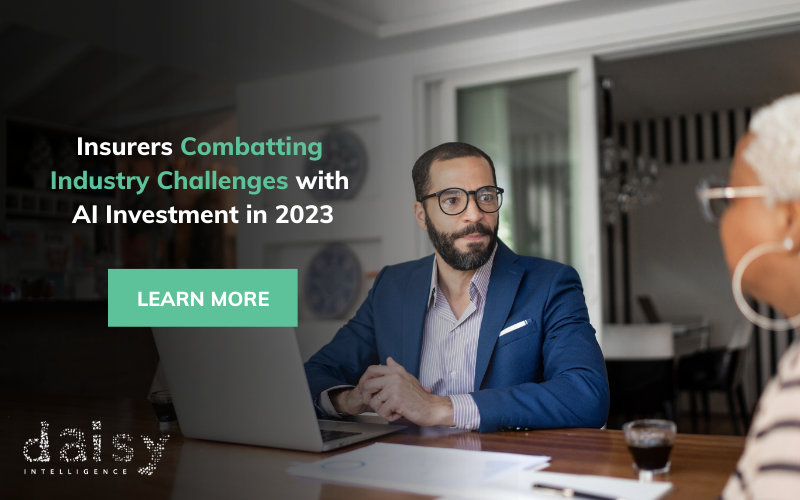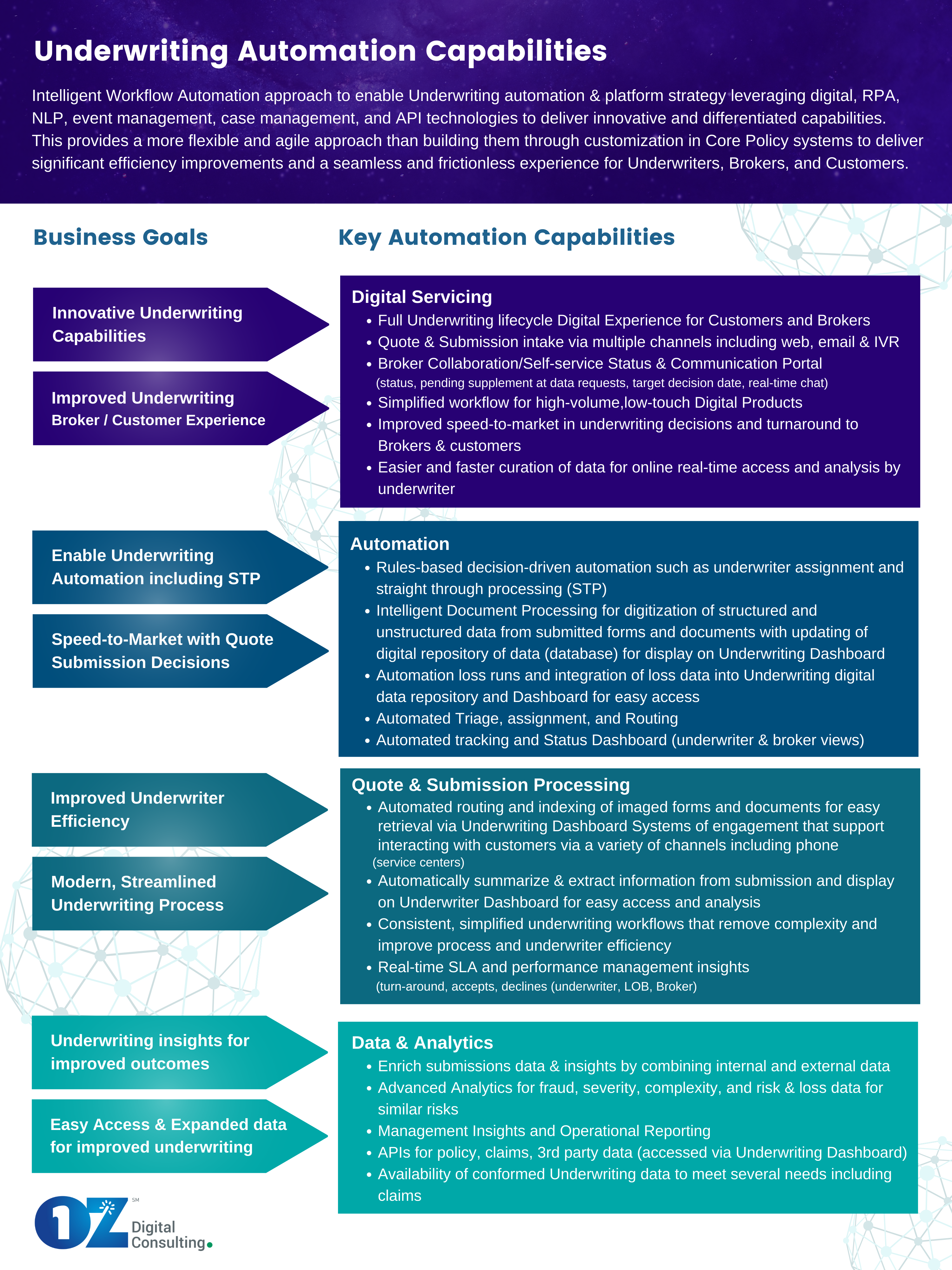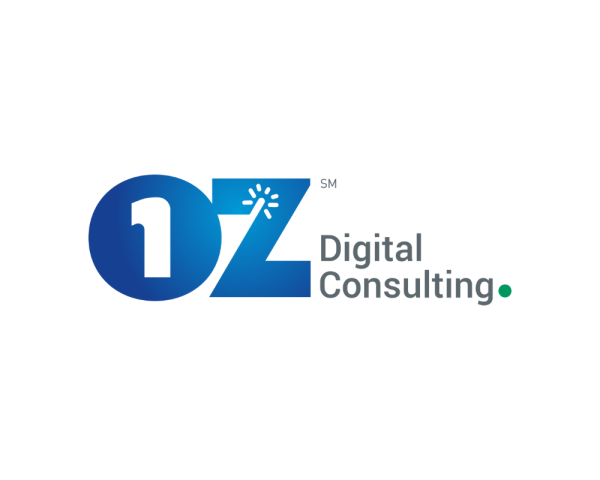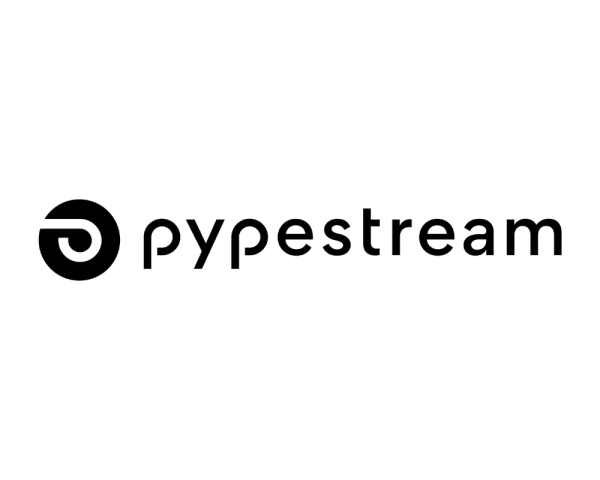The insurance sector frees businesses and individuals to conduct their day-to-day tasks without constantly worrying about risks they might encounter, enabling growth for organizations as well as the economy at large.
But, while being protected by insurance provides peace of mind to numerous individuals and businesses, insurance companies themselves are at increased risk of fraud. According to the Association of British Insurers (ABI), detected fraud comes to over £1 billion in costs yearly, with undetected fraud adding a further £2 billion in the U.K. alone.
Online threats are becoming increasingly prominent, to the point where £4 million is lost to fraud daily just in the U.K., jeopardizing the entire economy. Learning about online risks and how to protect from them is no longer an option but a priority, especially for insurance companies.
Annual Losses of Over $300 Billion
As more companies embrace digital transformation and transfer their operations online, the frequency of cyber attacks will only rise. While financial institutions such as banks and fintechs are more likely to be targeted, insurance companies are also high on the list as insurance fraud is steadily becoming one of America’s largest crimes, with at least $300 billion stolen each year. While this number seems high, the cost is even higher considering all additional expenses connected with increases in premiums, legal costs and law enforcement expenses or even dealing with consequences of reputational damage and customer retention.
The most significant danger of insurance fraud is its range, as it can span from opportunistic claims by policyholders to fraudulent claims orchestrated by crime rings. Just consider how much damage the crime ring of conniving doctors and healthcare providers from Queens did when they fraudulently billed an insurance carrier for months of treatment and extensive testing. The broad span of these fraudulent activities makes them harder to predict and detect, which is why implementing an effective fraud prevention strategy is more important than ever.
This is especially important as insurance companies need to pay the claims as quickly as possible while maintaining the balance between investigating potential fraud and ensuring genuine claimants do not suffer in the process. By prioritizing their fraud prevention strategy and embracing new trends, insurance companies can take the proper steps in preventing fraud while ensuring that legitimate claimants stay satisfied with the service.
Fraud Trends Affecting Insurers in 2023
As digitization is changing the demands and needs of customers, every business industry had to adapt to the changes. The insurance industry has always been among the first to accept changes that can help it grow, and digitalization was no different. It allowed insurance companies to launch new business models and optimize revenue streams. Not only can they now offer online insurance sales, but there are companies that exist solely online, offering quick and efficient service to their customers.
While using big data and AI strategies made it easier for insurance companies to ensure customer satisfaction, their growing online presence also increased the risks of fraudsters using the same technological developments to exploit them. For example, it has been alleged that fraudsters are using deepfake AIs to create synthetic identities – and the prevalence of ChatGPT is expected to exacerbate this. Staying informed about the rising fraud trends affecting insurance companies and adapting your fraud prevention strategy accordingly can be the only thing that stands between you and fraudsters.
1. Identity Theft and Synthetic IDs
Both of these fraudulent activities happen when fraudsters pretend to be someone they are not, to exploit innocent victims. With identity theft, fraudsters can use stolen personal details to conduct their schemes. While similar, synthetic identity fraud brings a different type of danger.
Synthetic identity fraud is a new sophisticated type of financial crime that many companies are still not ready to fight. It happens when fraudsters create fictional identities by combining stolen personal information and fake details. As the identity they are using doesn't actually exist, the fraud attempt can fly under the radar. It is predicted that synthetic identity fraud will grow from $1.8 billion in 2021 to $2.42 billion in 2023, making it the number one threat fraud executives are concerned about in the near future.
2. Money Laundering and Terrorism Financing
Around 62% of global insurance firms have been exposed to fraud or financial crimes in the past 24 months, making money laundering a growing issue. Criminals always find different ways of exploiting unsuspecting companies, and the insurance industry offers them few options. For example, they can launder money by opening an insurance policy using dirty money, after which they submit a fraudulent claim and quickly receive the funds through insurance funds. Another option is opening a life insurance policy, as they offer highly flexible options, allowing them to deposit and withdraw large amounts of cash with a slight loss. Not only will insurance companies be at a financial loss due to paying out a fraudulent claim, but they most likely weren't following AML regulations, leaving them subject to hefty fines.
3. Ghost-broking
This happens when fraudsters pretend to be insurance brokers to sell policies to actual customers while buying those policies from your company. When innocent customers discover the scam, they will come after your company, which might result in reputational damage.
See also: Global Trend Map No. 11: Fraud
How to protect your insurance company from fraudulent activities
Fraudsters and cybercriminals are constantly searching for ways to commit their malicious actions, while experts continue to come up with new methods of detecting and preventing them.
This is why it is essential to use cybersecurity solutions such as know your customer (KYC), credit card fraud detection or identity verification. The first thing any insurance company should do is to use the power they have, the data.
Your potential customers are required to provide you with specific data during the onboarding process, which can be used to confirm their identity if used correctly. By using device fingerprinting during sign-in, you can make sure those logging on are who they say they are, and catch multi-accounting attempts. The process continues once the customers are onboarded, as the accounts are continuously reviewed to verify there are no discrepancies or unexpected changes that might indicate an account takeover.
Digital footprint analysis is another incredibly useful tool. Using the data the customer has already submitted, such as their email address and phone number, data enrichment solutions source additional information from across the web in real time. For instance, SEON uses over 50 social media and online platforms to tell insurers not just whether the customer is legitimate but to also help gain alternative data on them and even segment them. For instance, you can see if someone travels a lot and stays on Airbnb, if they subscribe to several streaming services and so on -- helping assess their financial situation using openly available data. On the flipside, if someone doesn’t have a digital footprint, that’s a high risk signal and you shouldn’t trust them without investigating.
Velocity checks are another fraud prevention strategy you should aim to use. Velocity checking allows you to analyze data points to determine patterns of standard user behavior, allowing you to recognize any deviations from those patterns that can indicate fraud. These patterns can be anything from multiple accounts being opened from the same IP address or a certain account using several invalid payment details, indicating card testing. Using velocity checks can prevent multi-accounting and account takeovers.
Insurance companies need to ensure they stay compliant with anti-money laundering regulations. Staying compliant will prevent your company from being exploited by criminals while avoiding paying hefty fines or even having a license removed -- and there is AML software to help with this, too, such as tools that check PEP, sanctions and crime watchlists to help companies be compliant with the due diligence part of AML.
Determining the most common risks and identifying any vulnerabilities fraudsters might exploit while using fraud prevention solutions, you can stay ahead of scammers and fraudsters.
Change 'Beyond Recognition' Coming Up?
The insurance industry is constantly growing by adapting to new customer demands and technological trends. By accepting the changes and offering new services, insurers can attract more potential clients. The insurance industry landscape will continue going through monumental changes as technology advances, with 67% of insurance industry leaders predicting that current business models will change beyond recognition within five years. By establishing effective fraud detection and prevention, you can ensure that your business lives to see the changes.





















